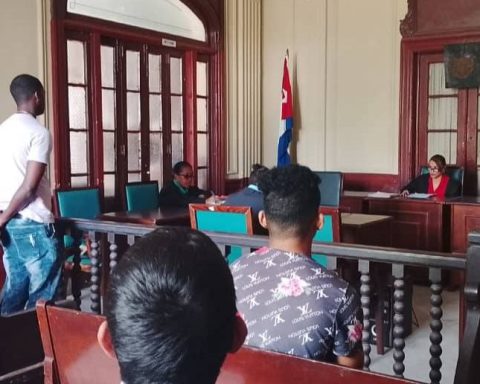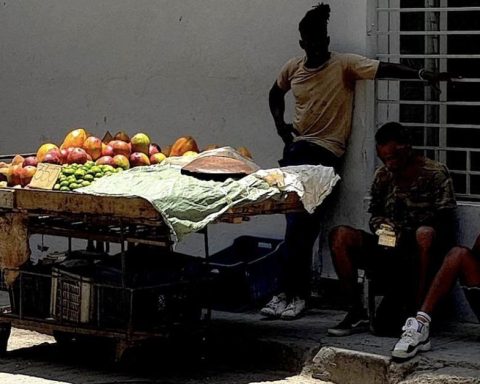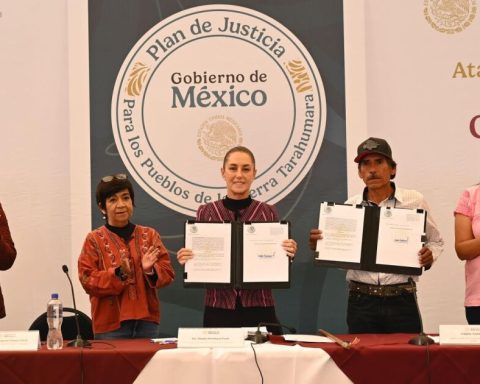HAVANA, Cuba.- They say it was the singer rita montaner who appreciated, in due measure, the art of Celeste Mendoza. It was her soprano who, upon seeing her sing and dance her rumba with such grace, defined her as a “true star”, and ended up baptizing her Reina del Guaguancó.
Celeste Mendoza was born in Santiago de Cuba in April 1930. At barely twenty years old, she began her career in the dance groups of the Teatro Martí and the Tropicana Cabaret. In 1951, together with her sister Isaura Mendoza, Omara Portuondo and Gladys León, she formed a quartet led by Facundo Rivero. A year later, she launched into a solo career, appearing in shows and radio programs.
In 1953 he made his television debut. His fame grew, contracts rained down and there was no theater that did not open its doors, nor an audience that did not surrender to that voice capable of transmitting the sensuality, joy and mischief of the guaguancó.
He was one of the first stars to interpret the bolero-ranchera and other genres that, with his incredible versatility, he carried to the rhythm of the guaguancó. She popularized songs by famous composers such as José Alfredo Jiménez, and performed alongside Cuban artists such as Benny MoreFernando Álvarez, Blanca Victoria Gil, Los Papines, the Aragón Orchestra and the Sierra Maestra Ensemble.
Rogelio París included it in his documentary we the musicwhich offers an interesting look at Cuban popular music from the sixties of the 20th century, with the most renowned performers of the time, such as Miguelito Cuní, Chapotín, Bola de Nieve and others out of the ordinary, in an unrepeatable communion of the best of the sound heritage of the island, including the guaguancó, in the incomparable voice of its queen.
Celeste Mendoza performed in Puerto Rico, Venezuela, Mexico, Panama, the United States, France, Japan, Germany, and the former Soviet Union. She had the opportunity to share the stage with world-class stars such as Joséphine Baker, Edith Piaf, Ninón Sevilla, Carmen Miranda and Pedro Infante.
In Cuba, she was applauded to the point of delirium and became the protagonist of four other documentaries made by ICAIC. Her records, where the rumba occupied a preponderant space, along with other genres of Cuban music and Latin American songs, were reissued in Canada, Venezuela and France.
Celeste Mendoza received numerous awards throughout her career, including the Cubadisco Award together with the group Los Papines for the album The Kingdom of the Rumba. But without a doubt, nothing about her did her more justice than the adjective with which, until today, Cubans define her: the Queen of the Guaguancó.
















